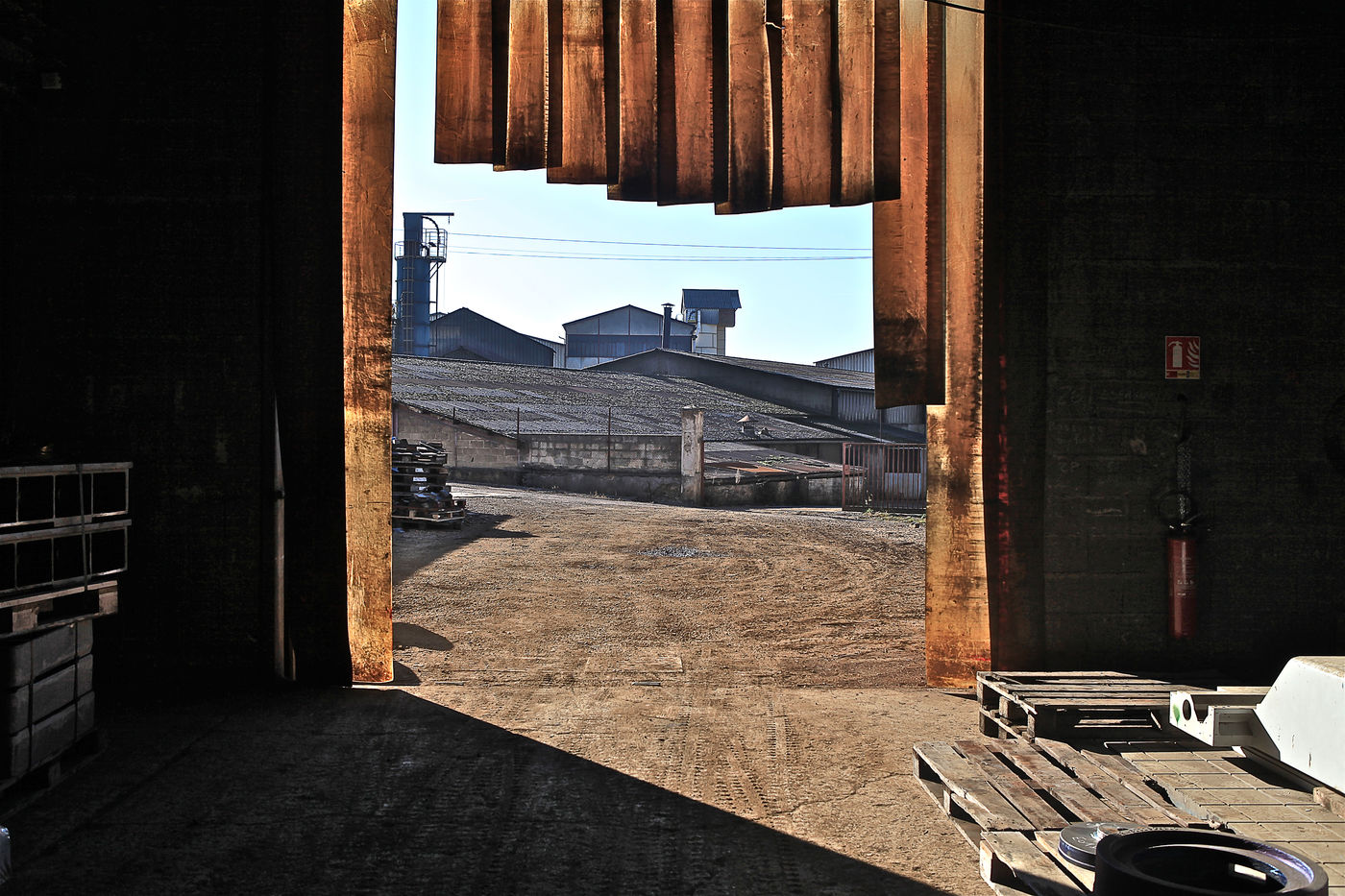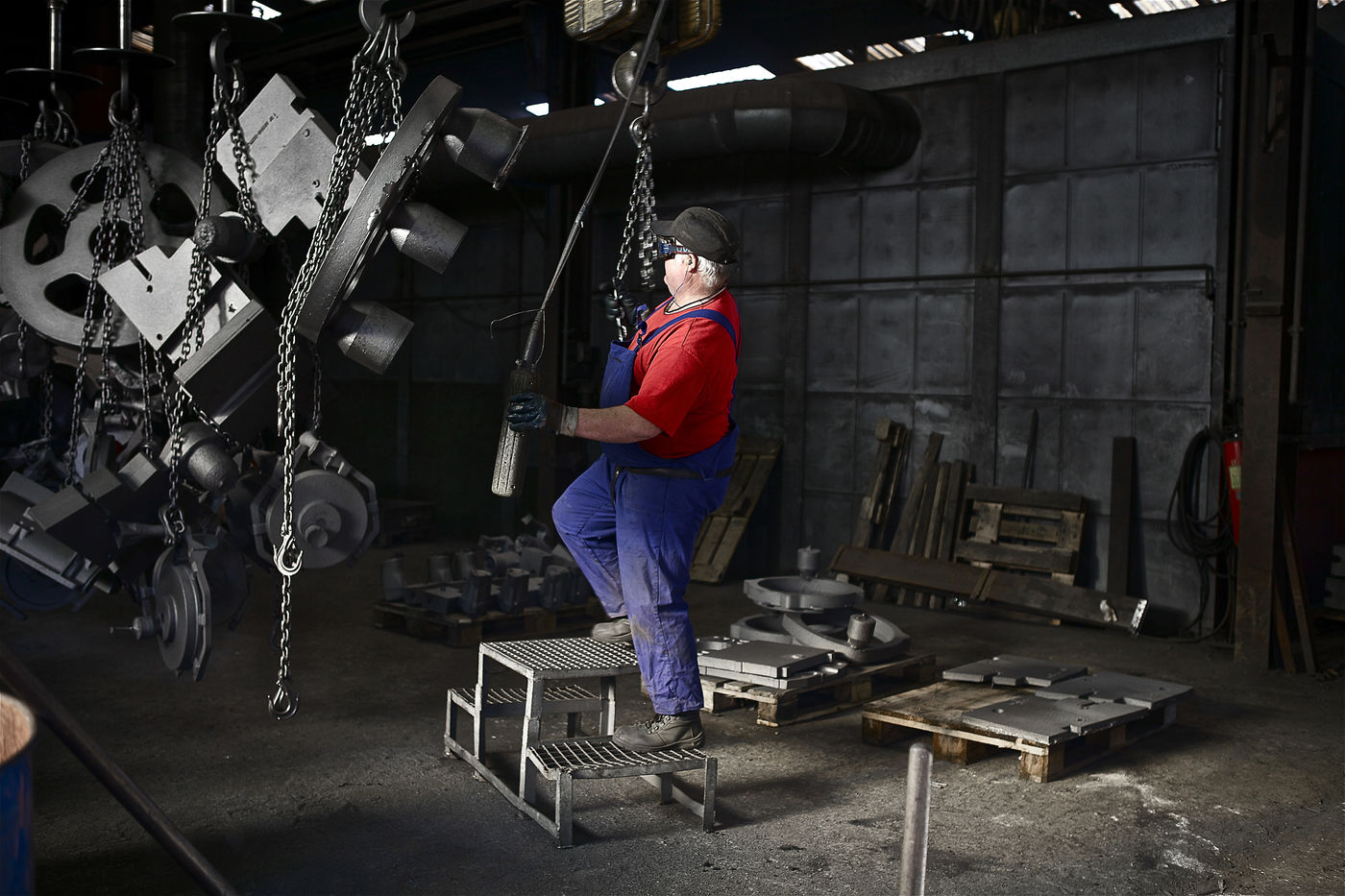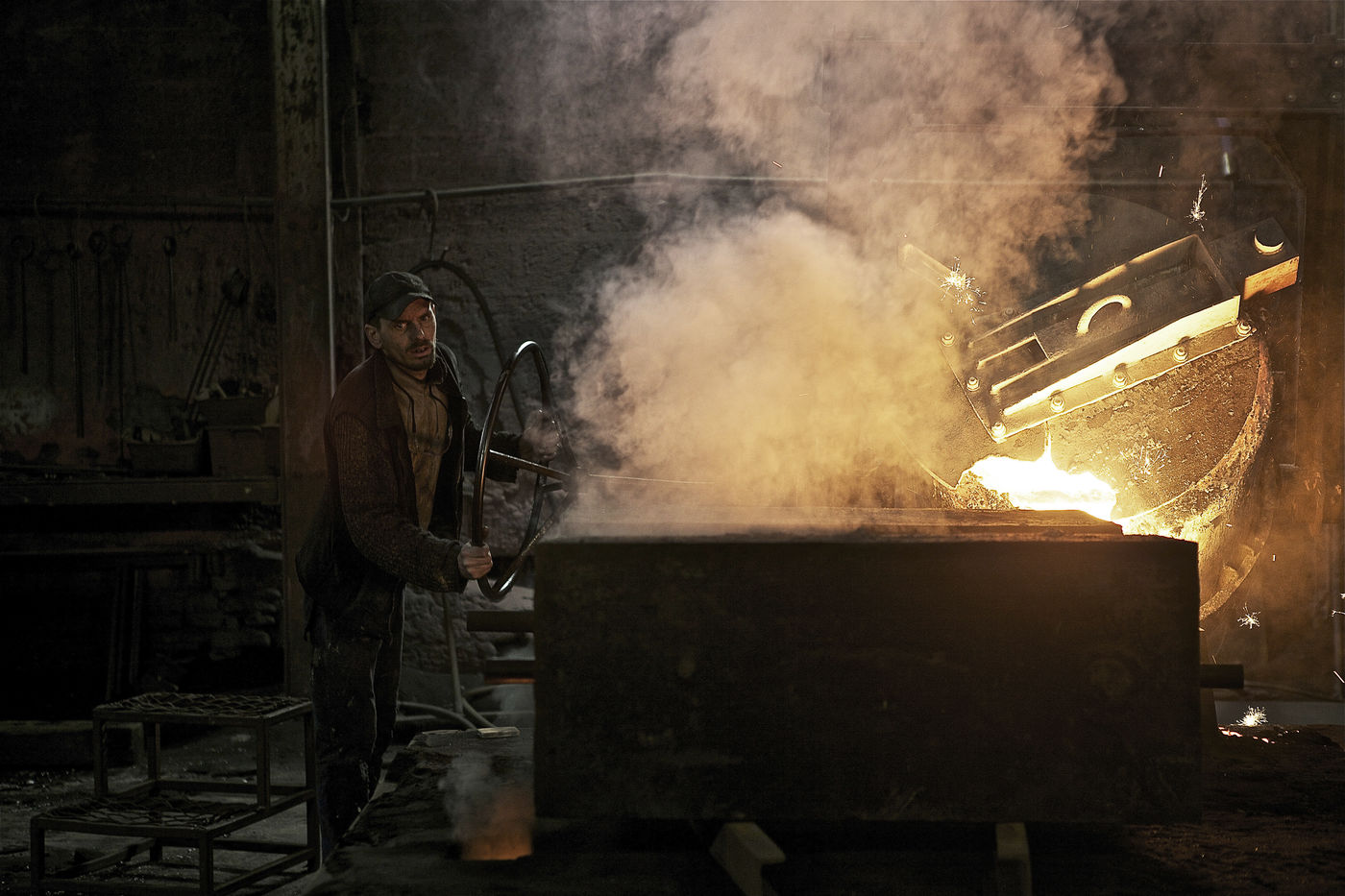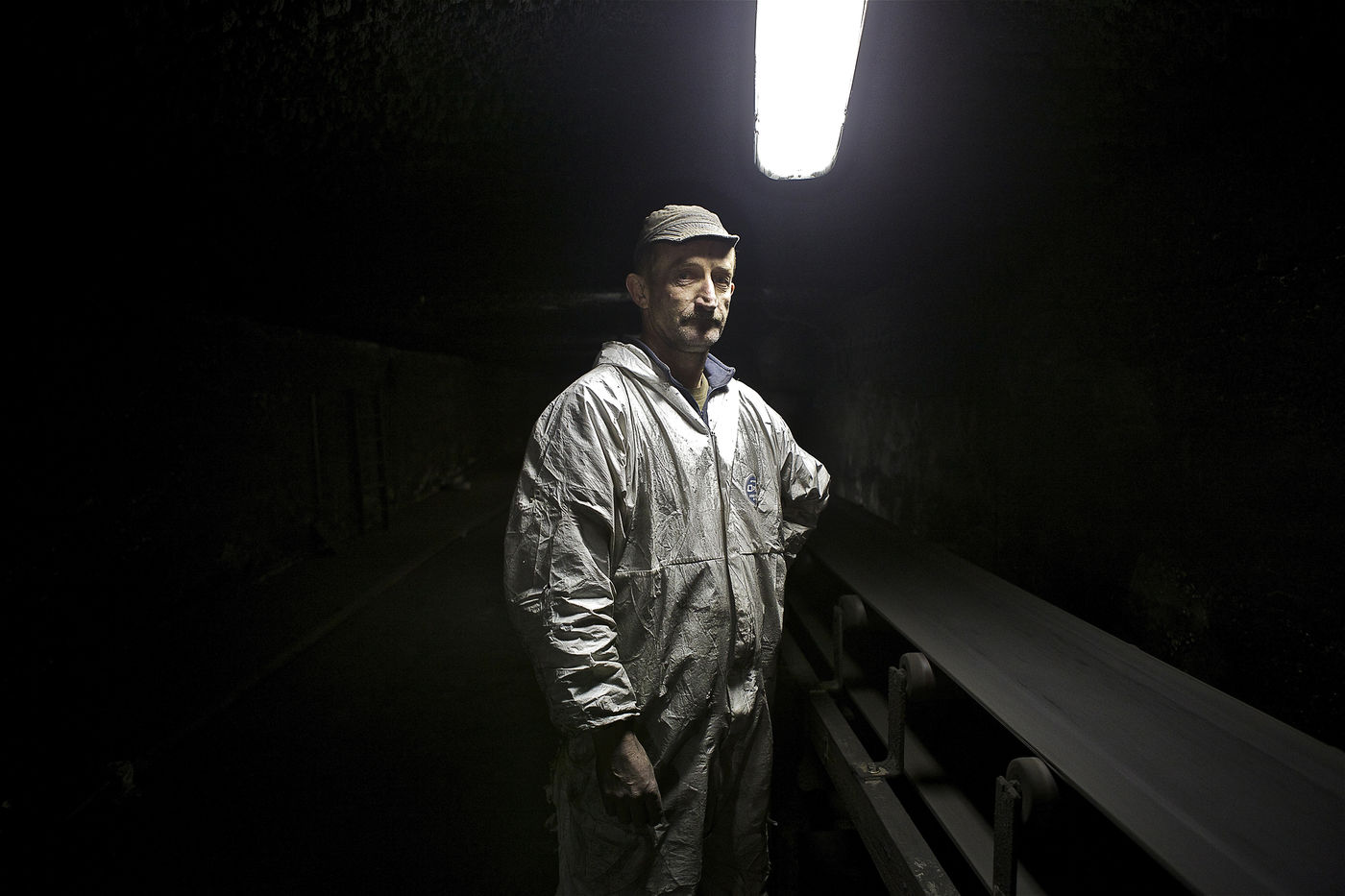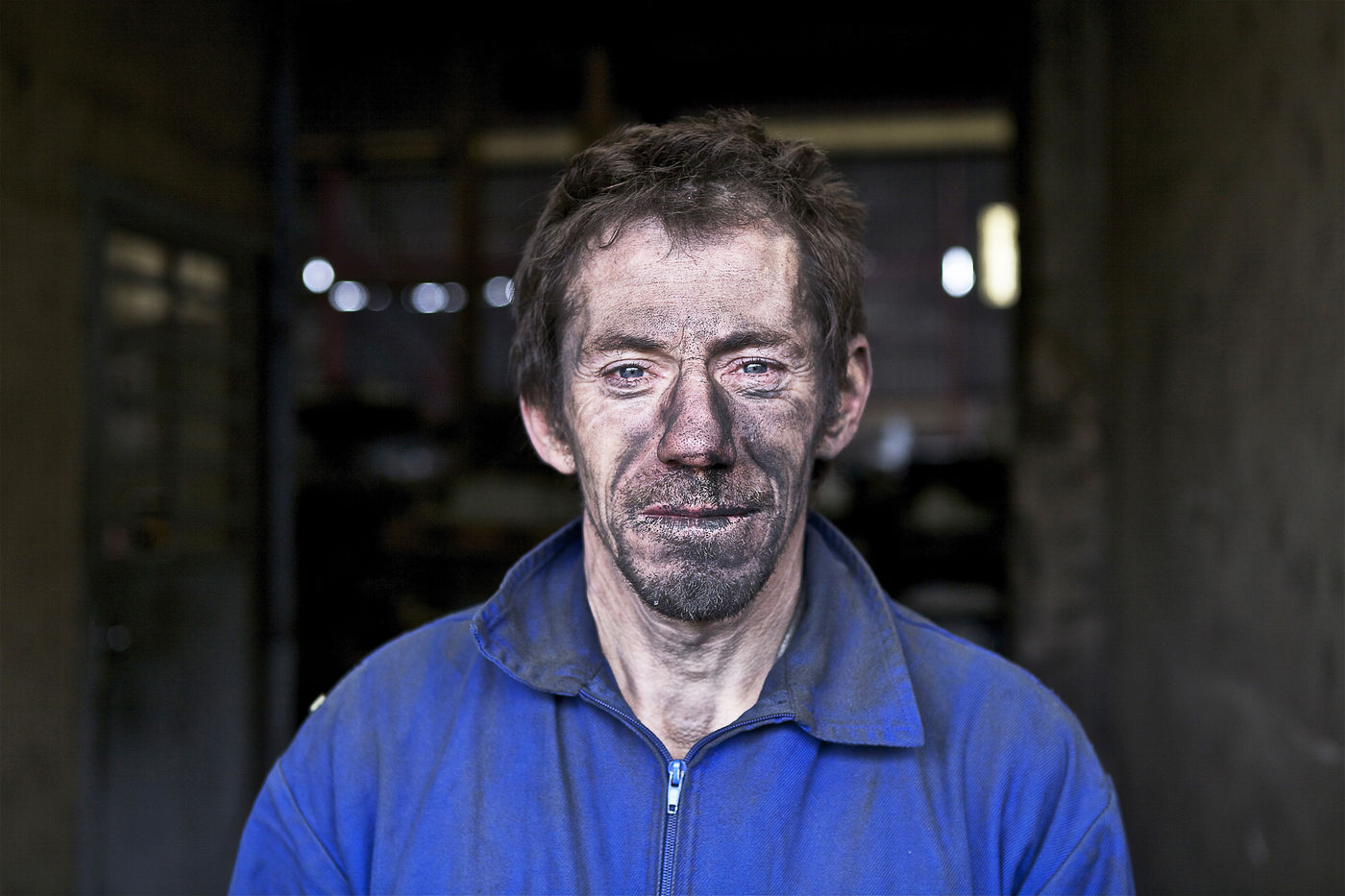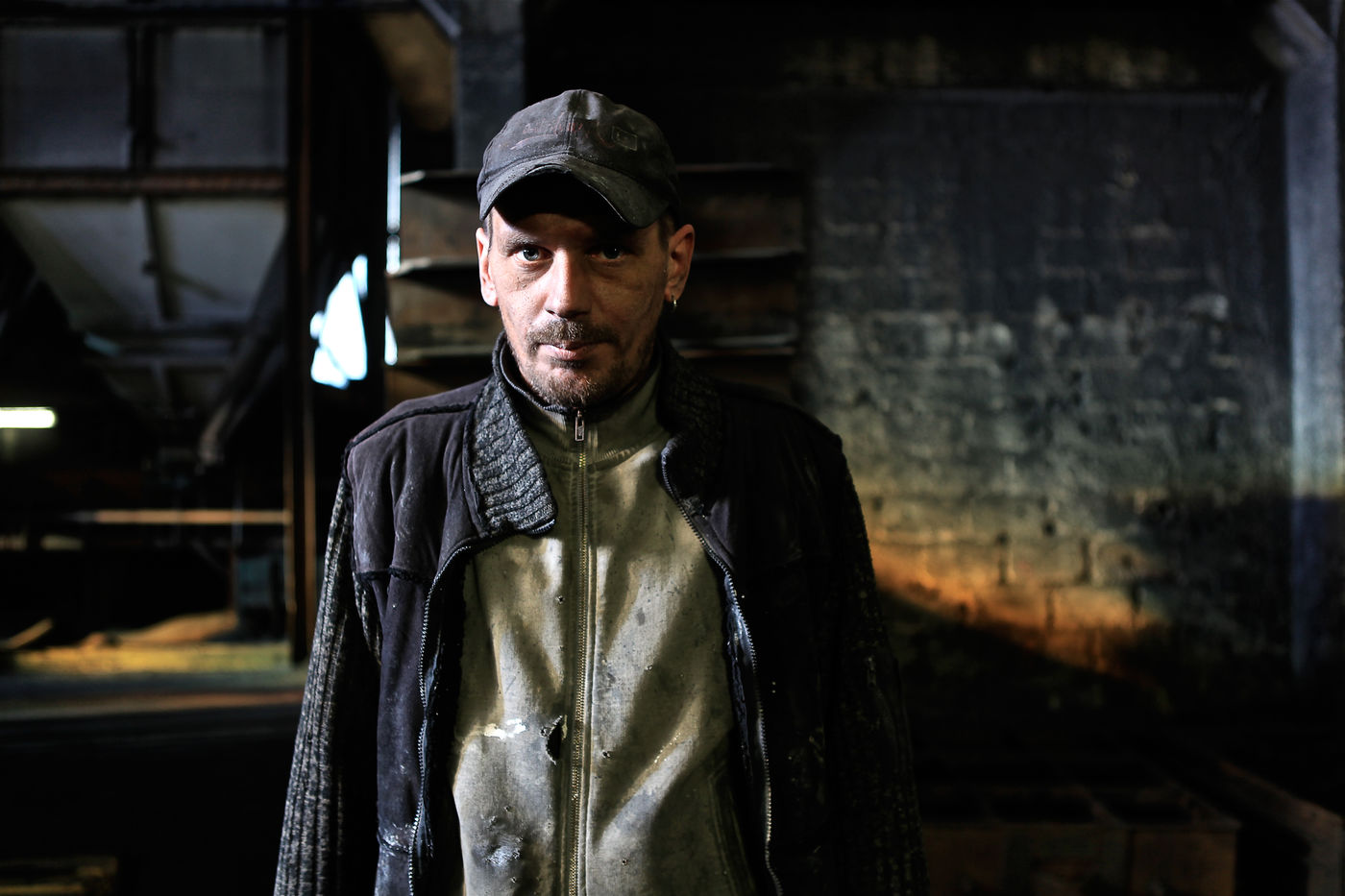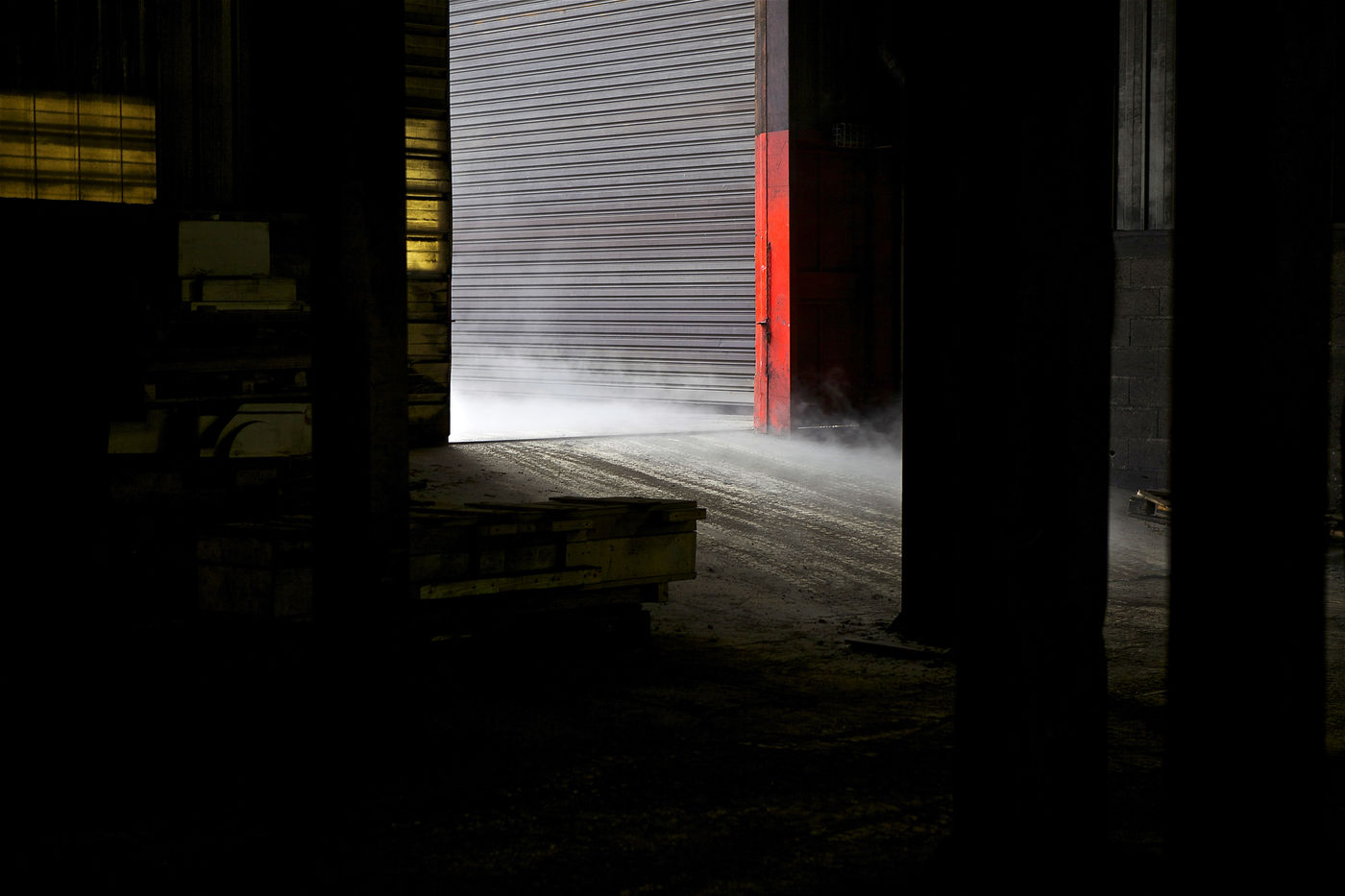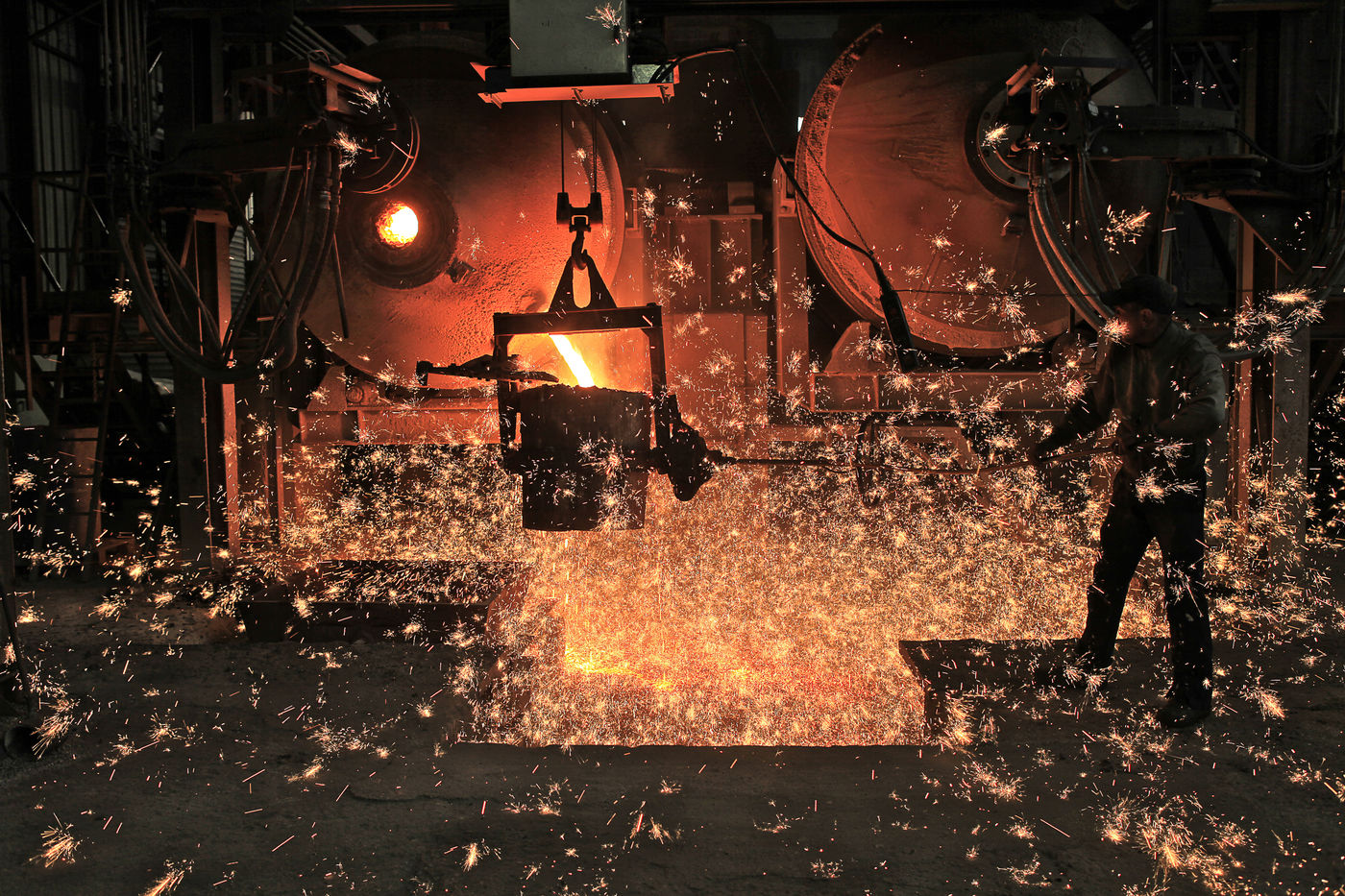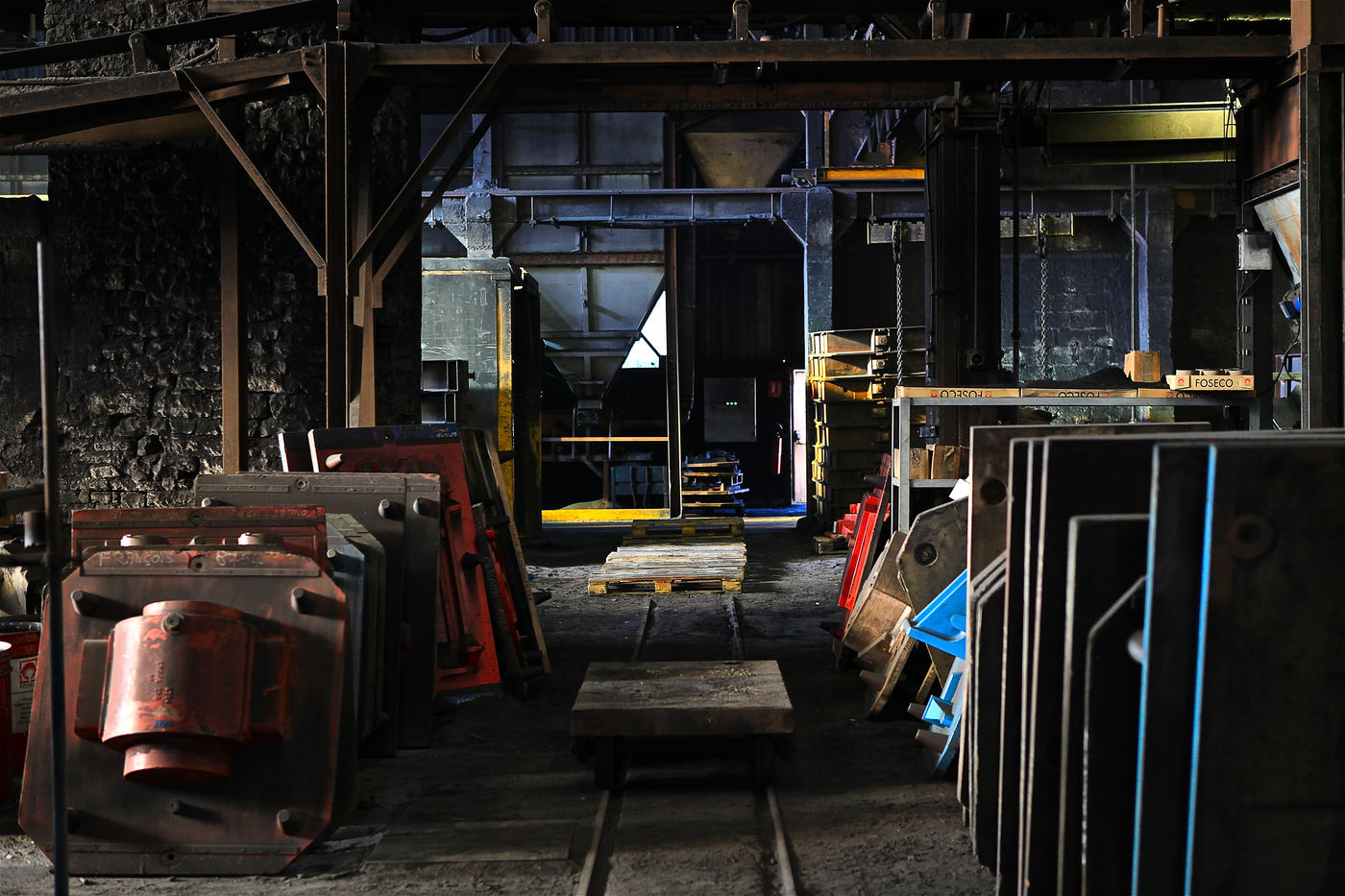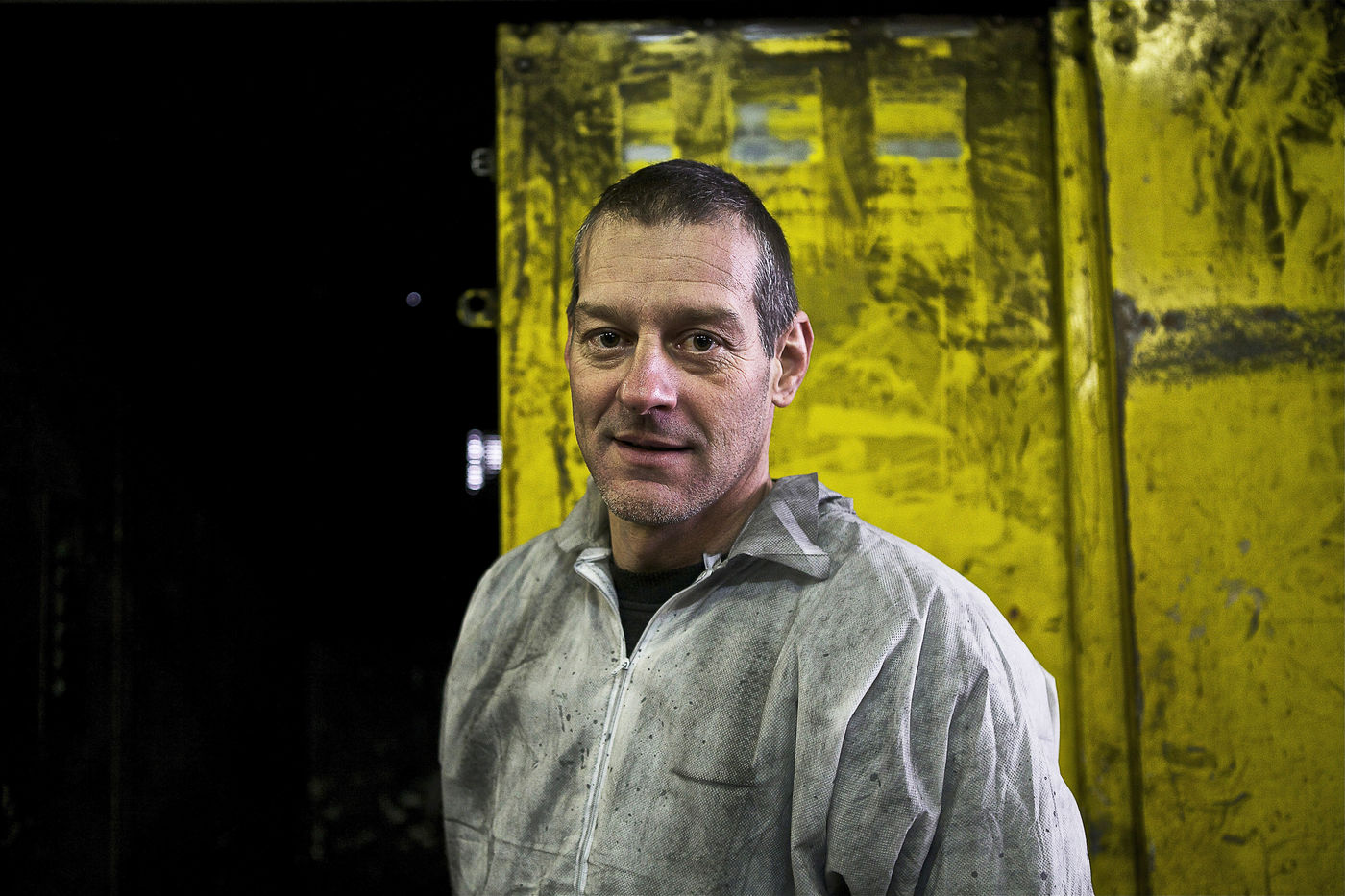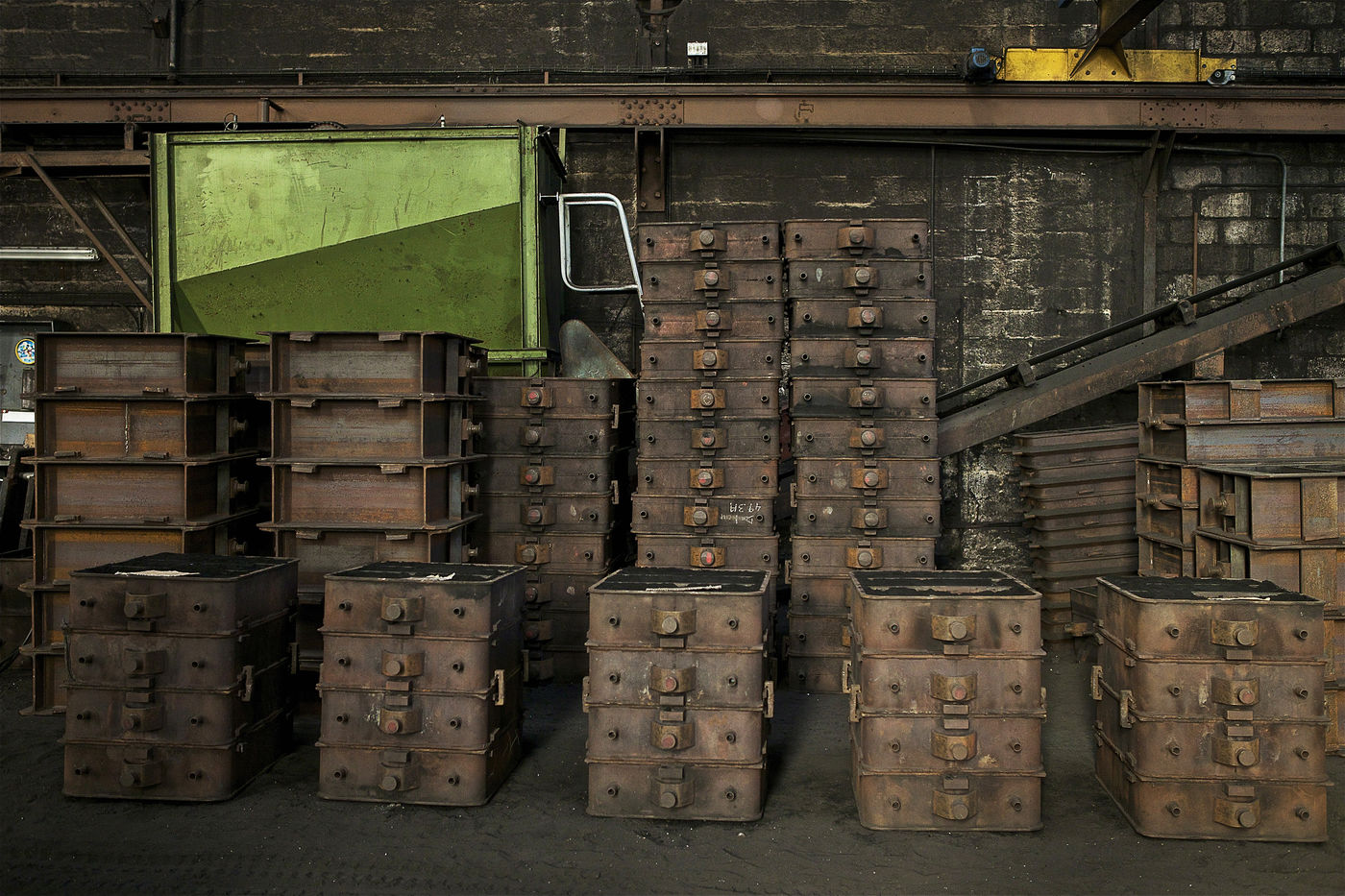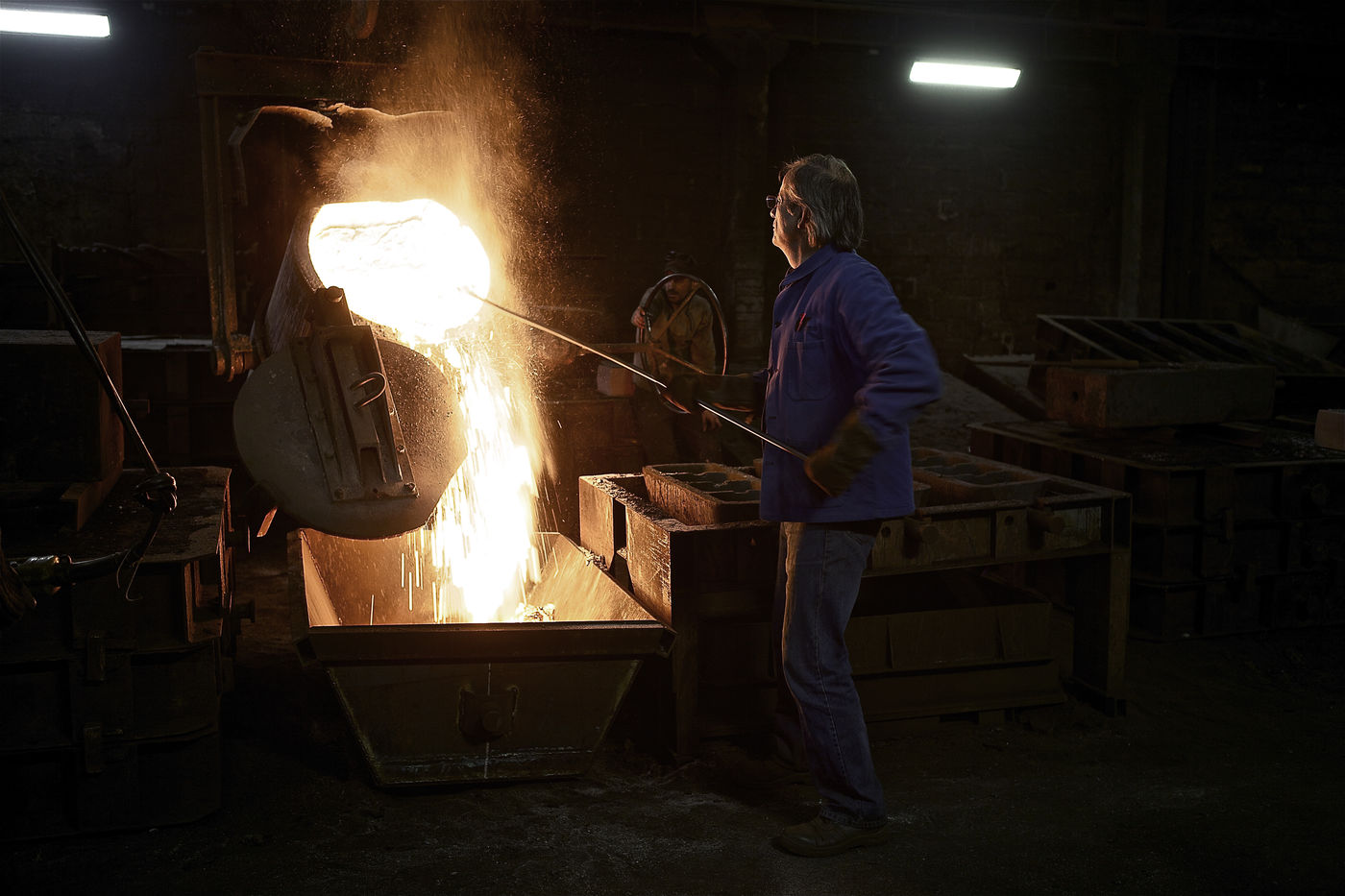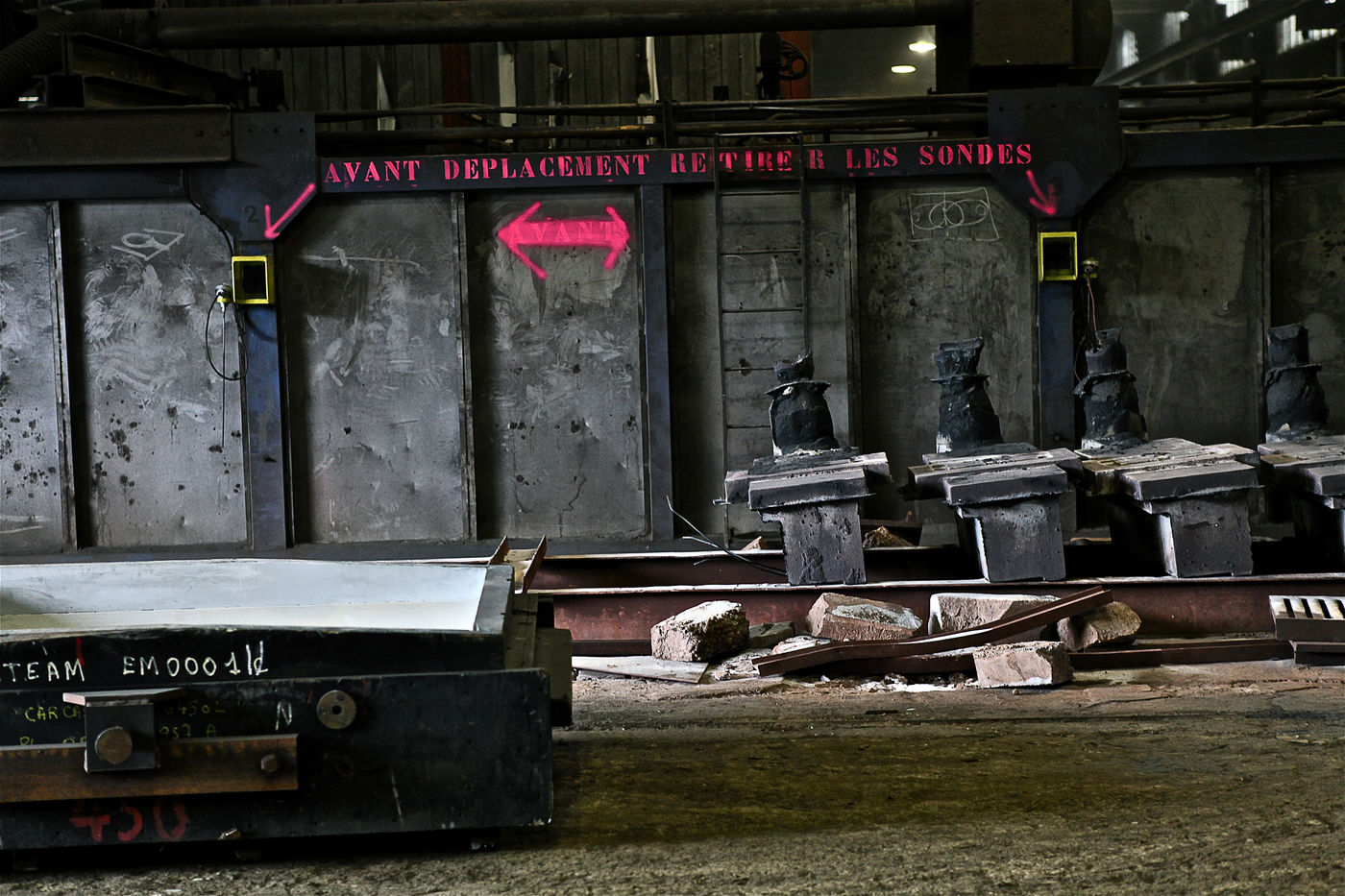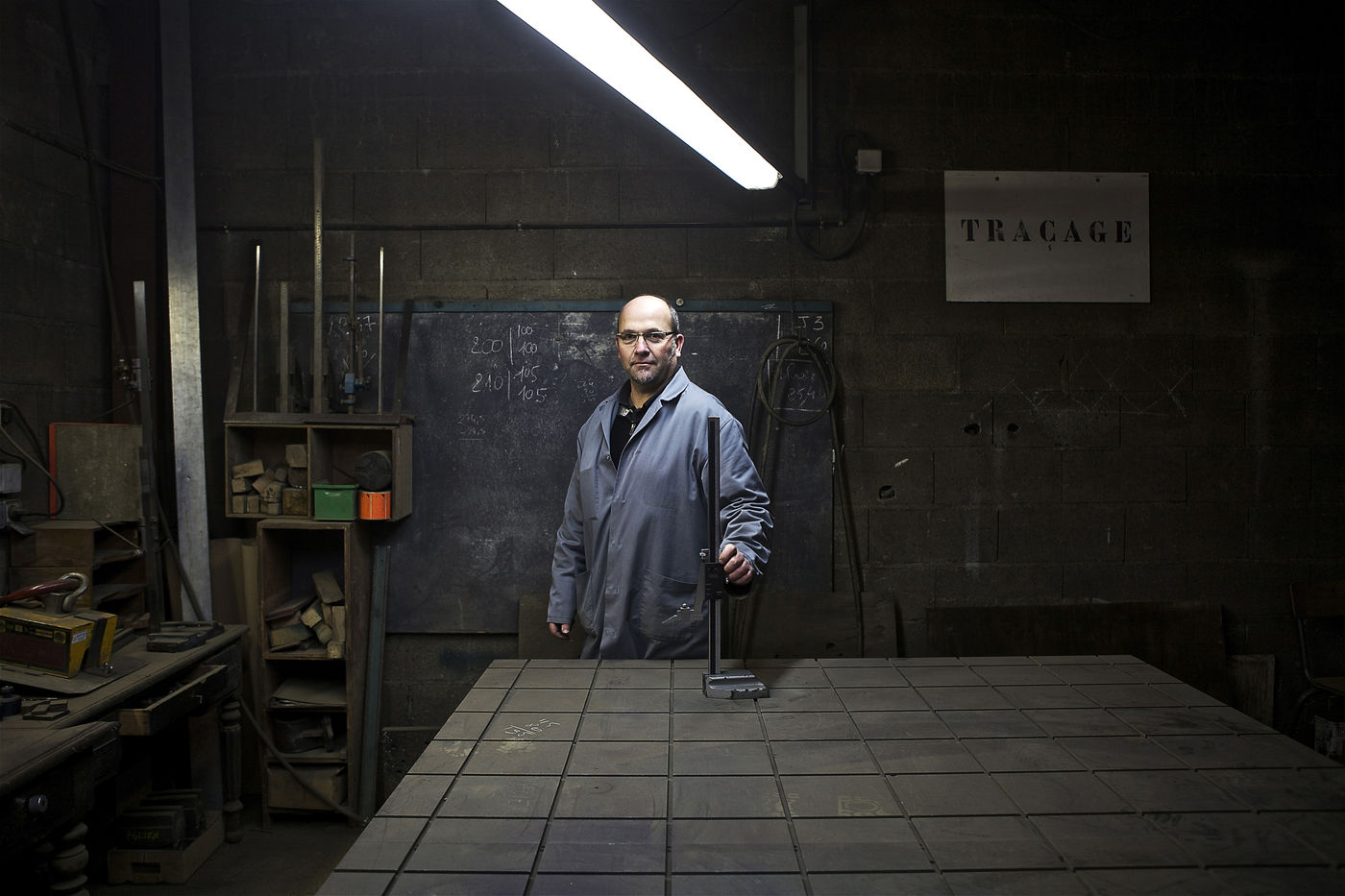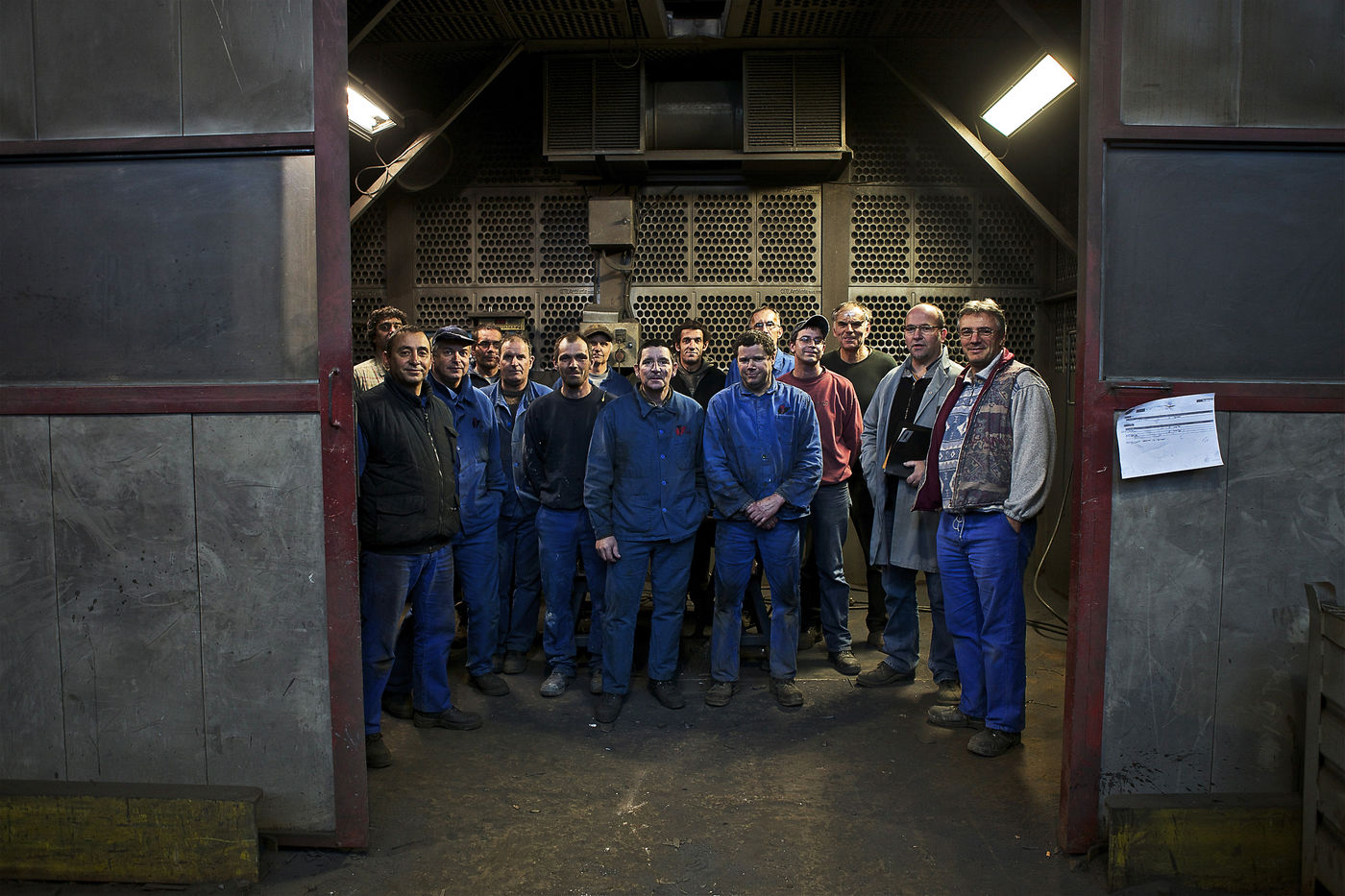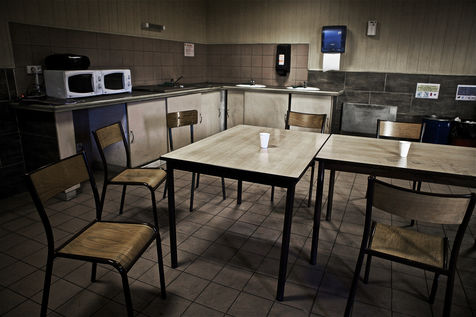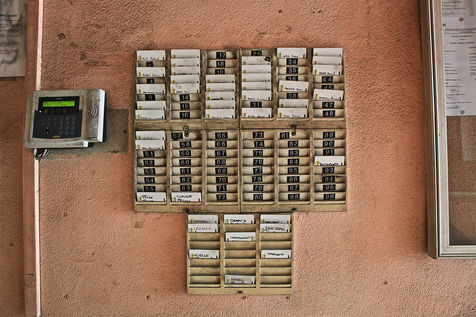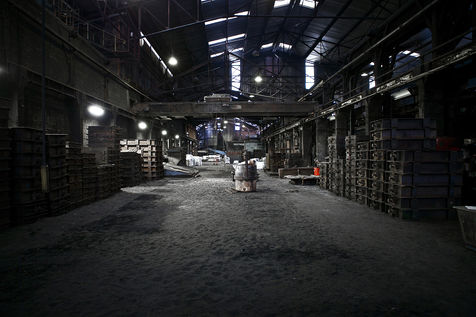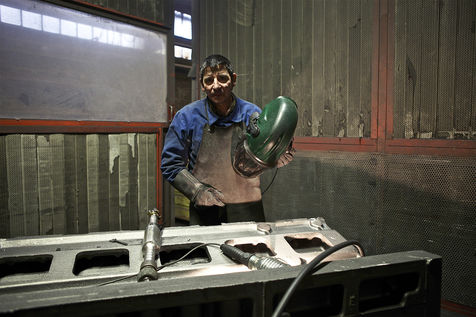Les Invisibles
J'ai découvert Bourgogne Fonderie à Châtillon-sur-Seine en juillet 2010 à l'occasion d'une campagne photographique menée sur le territoire châtillonnais pour la Communauté de communes, mais le reportage fut trop succinct. Je voulais y retourner et rencontrer davantage les hommes qui y travaillent. J'ai finalement pu avoir libre accès aux lieux début novembre 2011. Mais c'était déjà le début de la fin. J'ai été témoin des derniers moments de vie de l'entreprise. Celle-ci était alors en redressement judiciaire et dans l'attente d'une réponse d'un éventuel repreneur, lequel s'est désisté avant le procès. La liquidation était donc inévitable. J'ai donc partagé les moments d'attente, de questionnement des équipes que j'ai accompagnées jusqu'au dernier jour où la liquidatrice est venue annoncer la fermeture définitive de l'usine. Cette expérience a été particulièrement riche humainement. Elle fut aussi très émouvante. J'ai souhaité aborder ce reportage de manière documentaire, en saisissant les gestes précis, difficiles et périlleux de l'activité, savoir-faire fascinant mais il m'a semblé également important de faire le portrait de ces hommes, comme un témoignage de la condition du métier de fondeur. L'environnement est d'une beauté post-industrielle saisissante. Quant aux hommes photographiés, les ouvriers, ils font partie des « invisibles ». Les candidats à la présidentielle 2012 en appellent tous à la « réindustrialisation », alarmés par le pays en crise qui voit ses usines fermer les unes après les autres. Ce reportage est donc un témoignage du monde ouvrier d'aujourd'hui, de la désindustrialisation, des délocalisations, de la montée du tertiaire. Et du chômage qui touche de plus en plus les zones rurales comme celles-ci.
The Invisible
I discovered Bourgogne Fonderie in Châtillon-sur-Seine in July 2010 during a photographic campaign carried out on the Châtillon territory for the Community of communes, but the report was too succinct. I wanted to go back there and meet more of the men who work there. I finally had free access to the premises in early November 2011. But it was already the beginning of the end. I witnessed the last moments of the company's life. She was then in receivership and awaiting a response from a potential buyer, who withdrew before the trial. Liquidation was therefore inevitable. So I shared the moments of waiting, of questioning of the teams that I accompanied until the last day when the liquidator came to announce the final closure of the factory. This experience was particularly rich in human terms. It was also very moving. I wanted to approach this report in a documentary way, by capturing the precise, difficult and perilous gestures of the activity, fascinating know-how but it seemed to me also important to paint a portrait of these men, as a testimony of the condition of the foundry profession. The environment is strikingly post-industrial in beauty. As for the men photographed, the workers, they are among the "invisible". The 2012 presidential candidates are all calling for "reindustrialisation", alarmed by the country in crisis which sees its factories shutting down one after the other. This report is therefore a testimony to today's working world, to deindustrialization, relocations, the rise of the tertiary sector. And unemployment which affects more and more rural areas like these.
